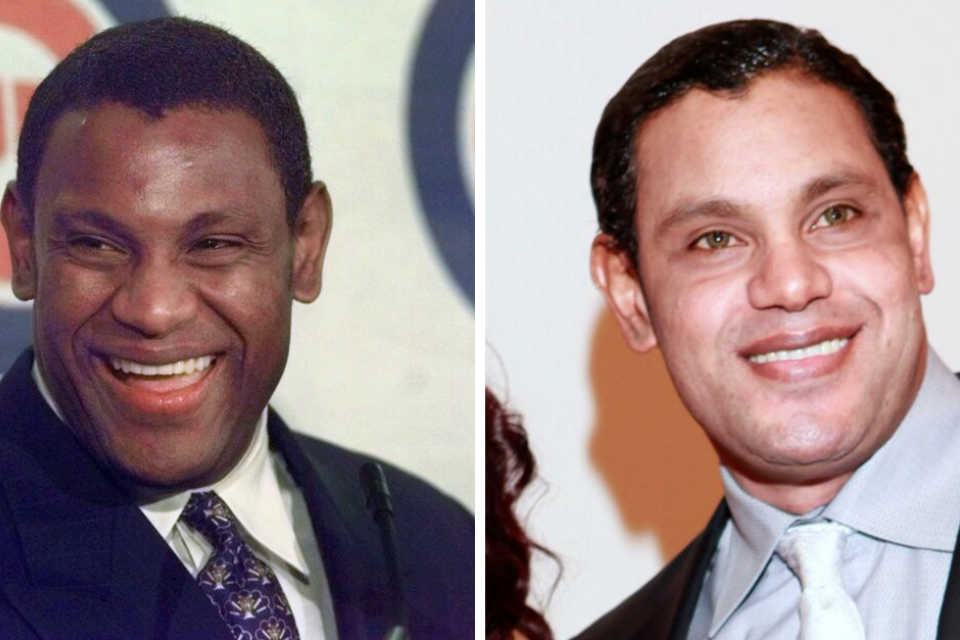 Sammy Sosa on his skin care:
Sammy Sosa on his skin care:
I’m doing well, doing well, thanks to God. … I use a cream to keep my skin smooth and soft. I apply it before I go to bed. When I was playing for Chicago all those years, I was in the sun a lot for 1 o’clock games. The flashes (from the cameras) also made my skin look lighter.
Ultraviolet exposure can lead to a number of pigment irregularities, most notably a “mottled” or speckled brown appearance to the skin. As you might expect, areas that receive more sunlight like the hands and face experience a higher incidence of this pigment disturbance. That’s why these areas show the earliest signs of aging. The dorsal (back of) hands and face are not only the most exposed, but they also are sites of thinner skin, so they are most susceptible to photodamage.
How does sunlight lead to pigment irregularities? Pigment-producing cells or melanocytes are activated by ultraviolet light. The result of this activation is two-fold – 1) melanocytes produce more melanosomes, envelopes that contain brown melanin pigment, and 2) the increased transfer of these melanosomes to adjacent skin cells. The result is freckling or sun-spots that can significantly impact appearance.
Remedies for this increased pigmentation production and transfer are several. One popular home remedy that has met with some success is soy protein. Several of my patients will place soy milk soaked gauze on their cheeks before bed in order to improve facial pigmentation. Other home remedies that you may hear about, but are less helpful, include lemon and onion extracts. Most dermatologists begin with a topical hydroquinone preparation. Hydroquinone, ranging in concentration from 2% over-the-counter through 10% available in your doctor’s office, can block pigment transfer and reverse brown spots on the face. For brown spots that do not respond to topical hydroquinone, in-office procedures such as laser therapy and glycolic acid chemical peels can be quite impactful on evening skin tone.
As far as Sosa’s comment regarding camera flashes, there is no evidence to suggest that increased fluorescent light, of whatever intensity, can lighten skin tone. The visible light spectrum within these flash bulbs cannot penetrate skin to the depth necessary to stimulate melanocytes. Nevertheless, they do wonders for one’s humility!